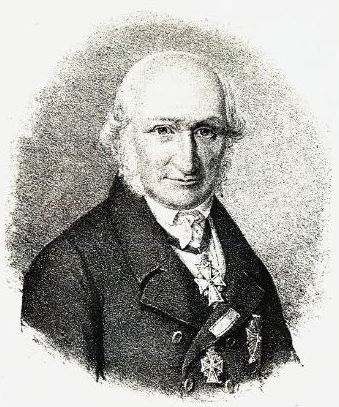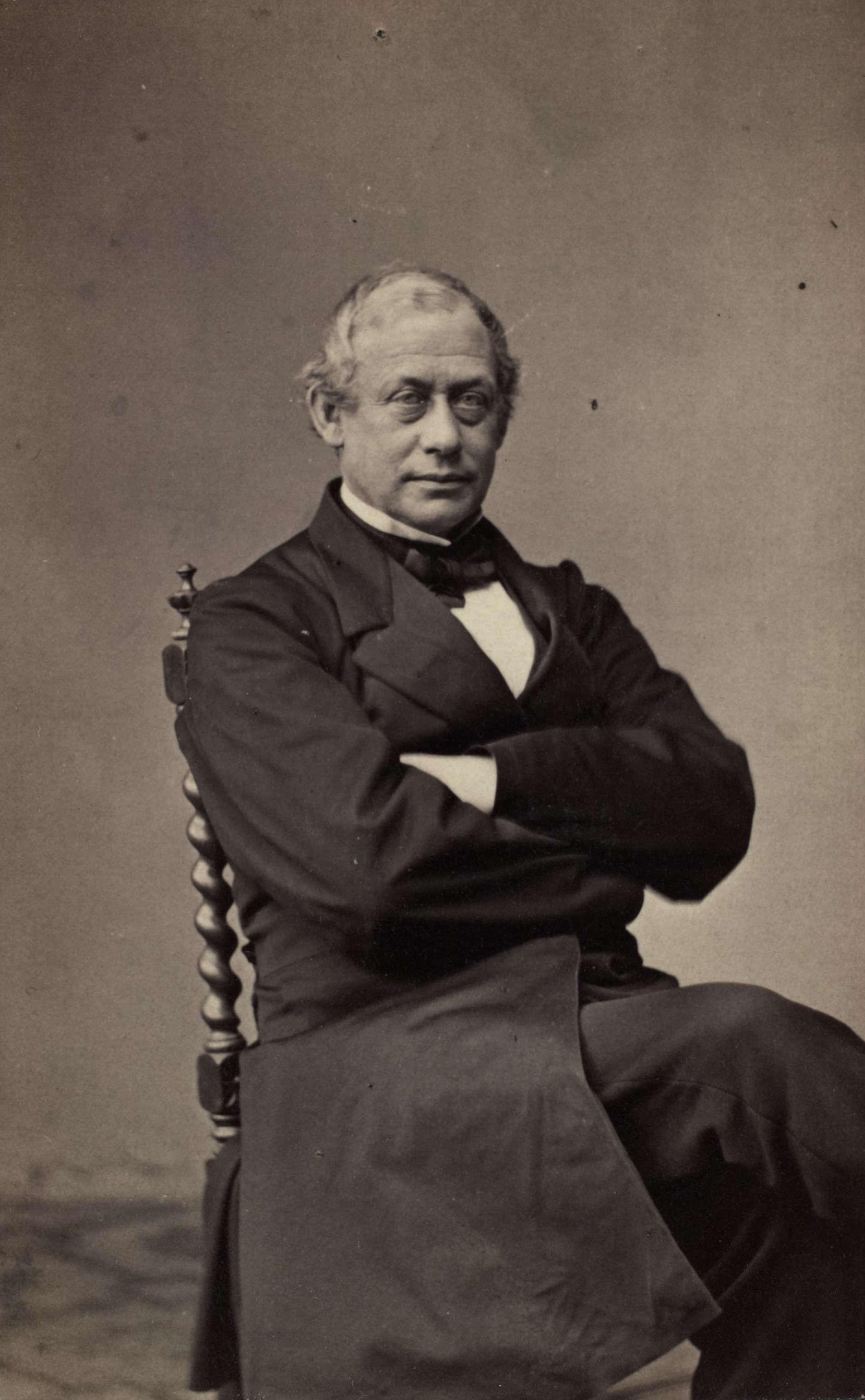|
Kjell Bondevik
Kjell Bondevik (11 March 1901 – 21 December 1983) was a Norwegian politician for the Christian Democratic Party. He was born in Leikanger. He graduated with the cand.philol. and mag.art. (PhD equivalent) degrees in 1927. He worked as a teacher and headmaster in schools in Oslo, Haugesund and Sauda. He was a member of the executive committee of Sauda municipal council from 1945 to 1951, and chaired the local party chapter from 1939 to 1947 and the county chapter from 1939 to 1950. He also chaired local chapters of Noregs Mållag as well as Christian organizations. During the occupation of Norway by Nazi Germany, he was arrested in March 1942 for boycotting the Nazi creation, the Teachers Union, together with a large number of other teachers, including Gustav Natvig-Pedersen. He sat at Grini for one day, later at Jørstadmoen and Kirkenes, but was released. He was elected to the Norwegian Parliament from Rogaland in 1950, and was re-elected on three occasions. From August to ... [...More Info...] [...Related Items...] OR: [Wikipedia] [Google] [Baidu] |
Borten's Cabinet
Borten's Cabinet governed Norway between 12 October 1965 and 17 March 1971. The cabinet was led by Per Borten and consisted of the Conservative Party, the Centre Party, the Liberal Party and the Christian Democratic Party __NOTOC__ Christian democratic parties are political parties that seek to apply Christian principles to public policy. The underlying Christian democracy movement emerged in 19th-century Europe, largely under the influence of Catholic social tea .... It had the following composition: Cabinet members State Secretaries ReferencesPer Bortens regjering 1965-1971- Regjeringen.no Notes {{Christian Democratic Party (Norway) Borten Borten Borten Borten Borten 1965 establishments in Norway 1971 disestablishments in Norway Cabinets established in 1965 Cabinets disestablished in 1971 ... [...More Info...] [...Related Items...] OR: [Wikipedia] [Google] [Baidu] |
Ministry Of Education And Research (Norway)
The Royal Ministry of Education and Research ( no, Det kongelige kunnskapsdepartement; short name ''Kunnskapsdepartementet'') is a Norwegian government ministry responsible for education, research, kindergartens and integration. The ministry was established in 1814 as the Royal Ministry of Church and Education Affairs. The current Minister of Education is Tonje Brenna of the Labour Party and the current Minister of Research and Higher Education is Ola Borten Moe of the Centre Party. The department reports to the legislature (Stortinget). History The ministry was established in 1814, following the dissolution of Denmark–Norway, in which the joint central government administration of the two formally separate but closely integrated kingdoms, had been based in Copenhagen. Originally named the Ministry of Church and Education Affairs, the ministry was the first of six government ministries established in 1814, and was also known as the First Ministry. The other ministries were ... [...More Info...] [...Related Items...] OR: [Wikipedia] [Google] [Baidu] |
Cabinet Lyng
The Lyng Cabinet governed Norway between 28 August 1963 and 25 September 1963. It was the first in 28 years not to be led by the Norwegian Labour Party. It was a centre-right coalition government of the Conservative Party, Centre Party, Christian Democratic Party and Liberal Party led by John Lyng of the Conservative Party. It had fifteen members, of which five were from the Conservative Party, four were from the Centre Party, three were from the Christian Democratic Party and three were from the Liberal Party. Karen Grønn-Hagen was the cabinet's only female member. After the Socialist People's Party joined a no-confidence vote against Einar Gerhardsen Einar Henry Gerhardsen (; 10 May 1897 – 19 September 1987) was a Norwegian politician from the Labour Party of Norway. He was the 22nd prime minister of Norway for three periods, 1945–1951, 1955–1963 and 1963–1965. With totally 17 years i ...'s government, Lyng realised that between them, the non-Labour parties were o ... [...More Info...] [...Related Items...] OR: [Wikipedia] [Google] [Baidu] |
Minister Of Social Affairs (Norway)
The Norwegian Minister of Labour and Social Inclusion is the head of the Norwegian Ministry of Labour and Social Inclusion The Royal Norwegian Ministry of Labour and Social Affairs ( no, Arbeids- og sosialdepartementet) is a Norwegian ministry established in 1916. It is responsible for the labour market, the working environment, pensions, welfare, social security, i .... The position has existed since 1 January 1846, when the Ministry of the Interior was created. Several different names have been used since then, with three name changes after 2000. The incumbent minister is Marte Mjøs Persen of the Labour Party. From 1992 to 2001 there was also a Minister of Health position in the ministry. List of ministers Parties Ministry of the Interior (1846–1903) Ministry of Social Affairs, Trade, Industry and Fisheries (1913–1916) Ministry of Social Affairs (1916–2005) Ministry of Labour (1885–1946) The labour tasks were transferred to the Mini ... [...More Info...] [...Related Items...] OR: [Wikipedia] [Google] [Baidu] |
Kirkenes
Kirkenes (; ; Skolt Sami: ''Ǩeârkknjargg;'' fi, Kirkkoniemi; ; russian: Киркенес) is a List of towns and cities in Norway, town in Sør-Varanger Municipality in Troms og Finnmark county, in the far northeastern part of Norway. The town lies on a peninsula along the Bøkfjorden, an arm of the large Varangerfjorden. The main church for Kirkenes is Kirkenes Church, located in the Haganes, Finnmark, Haganes area of the town. Kirkenes is located just a few kilometres from the Norway-Russia border. The town has a population (2018) of 3,529, which gives the town a population density of . When the neighbouring suburban villages of Hesseng, Sandnes, Finnmark, Sandnes, and Bjørnevatn are all included with Kirkenes, the urban area reaches a total population of almost 8,000 people. Although Kirkenes is the Norwegian town closest to the Russian border, Vardø (town), Vardø to its north is located further east in Norway. History The area around Kirkenes was a common Norwegian� ... [...More Info...] [...Related Items...] OR: [Wikipedia] [Google] [Baidu] |
Jørstadmoen
Jørstadmoen is a village in Lillehammer Municipality in Innlandet county, Norway. The village is located along the river Gudbrandsdalslågen, about to the northwest of the town of Lillehammer. The village has a population (2021) of 661 and a population density Population density (in agriculture: Stock (other), standing stock or plant density) is a measurement of population per unit land area. It is mostly applied to humans, but sometimes to other living organisms too. It is a key geographical ... of . The village is the site of the Jørstadmoen leir, a military base that is the main base for the Norwegian Cyber Defence Force as well as the Cyber Engineer Academy. The village also has a school, grocery store, and sports facilities. References Lillehammer Villages in Innlandet Populated places on the Gudbrandsdalslågen {{Innlandet-geo-stub ... [...More Info...] [...Related Items...] OR: [Wikipedia] [Google] [Baidu] |
Grini Concentration Camp
'', '' no, Grini fangeleir'', location=Bærum, Viken, Norway, location map=Viken#Norway, built by=Norway, original use=Constructed as a women's prison, operated by=Nazi Germany, notable inmates= List of Grini prisoners, liberated by=Harry Söderman, construction=1938–1940, image size=300px Grini prison camp ( no, Grini fangeleir, german: Polizeihäftlingslager Grini) was a Nazi concentration camp in Bærum, Norway, which operated between 1941 and May 1945. Ila Detention and Security Prison is now located here. History Grini was originally built as a women's prison, near an old croft named ''Ilen'' (also written ''Ihlen''), on land bought from the Løvenskiold family by the Norwegian state. The construction of a women's prison started in 1938, but despite being more or less finished in 1940, it did not come into use for its original purpose: Nazi Germany's invasion of Norway on 9 April 1940, during World War II, instead precipitated the use of the site for detention by the Nazi ... [...More Info...] [...Related Items...] OR: [Wikipedia] [Google] [Baidu] |
Gustav Natvig-Pedersen
Gustav Natvig-Pedersen (18 August 1893 – 27 May 1965) was a Norwegian philologist, educator and politician for the Labour Party. A school teacher and headmaster during his professional career, he served in Stavanger city council from 1922 to 1964 and three terms in the Norwegian Parliament; during one of these terms he was President of the Storting. He made his mark in language politics. Early life and education He was born in Stavanger as a son of sailmaker Johan Pedersen (1857–1941) and his wife Johanne Christine Natvig (1863–1940). He briefly attended the Norwegian Military Academy, but graduated with the cand.philol. degree in 1919. In the same year he was hired as a school teacher in Stavanger. He was also a standing military officer, and held the rank Premier Lieutenant from 1920. Political career He was elected to Stavanger city council for the first time in 1922, and was re-elected successively throughout the rest of the interwar period. He chaired his local party ... [...More Info...] [...Related Items...] OR: [Wikipedia] [Google] [Baidu] |
Occupation Of Norway By Nazi Germany
The occupation of Norway by Nazi Germany during the Second World War began on 9 April 1940 after Operation Weserübung. Conventional armed resistance to the German invasion ended on 10 June 1940, and Nazi Germany controlled Norway until the capitulation of German forces in Europe on 8 May 1945. Throughout this period, a pro-German government named Den nasjonale regjering (English: the National Government) ruled Norway, while the Norwegian king Haakon VII and the prewar government escaped to London, where they formed a government in exile. Civil rule was effectively assumed by the ''Reichskommissariat Norwegen'' (Reich Commissariat of Norway), which acted in collaboration with the pro-German puppet government. This period of military occupation is, in Norway, referred to as the "war years", "occupation period" or simply "the war". Background Having maintained its neutrality during the First World War (1914–1918), Norwegian foreign and military policy since 1933 was largely ... [...More Info...] [...Related Items...] OR: [Wikipedia] [Google] [Baidu] |
Noregs Mållag
Noregs Mållag (literally "Language Organisation of Norway") is the main organisation for Norwegian Nynorsk (New Norwegian), one of the two official written standards of the Norwegian language. In the Norwegian language conflict, it advocates the use of Nynorsk. It has about 12,000 individual members and consists of approximately 200 local groups, including the youth organisation, Norsk Målungdom Norsk Målungdom (NMU, literally ''The Norwegian Language Youth'') is an organization of youth working for the Nynorsk written standard of Norwegian and the Norwegian dialects. It is the youth organization of Noregs Mållag Noregs Mållag (literall .... Chairmen/leaders The title "chairman" was changed to "leader" in 1982. * . See also * Studentmållaget i Oslo External links Website of Noregs MållagWebsite of Norsk Målungdomnynorsk.no - news about Nynorsk (in Norwegian) Language organisations of Norway {{Norway-org-stub ... [...More Info...] [...Related Items...] OR: [Wikipedia] [Google] [Baidu] |



